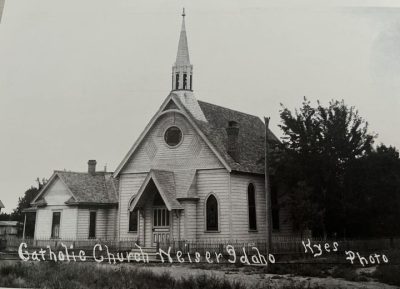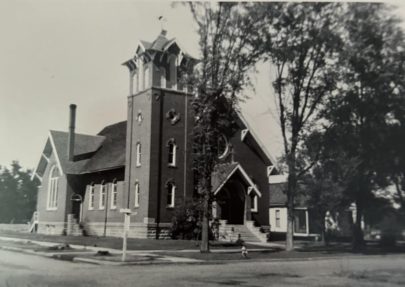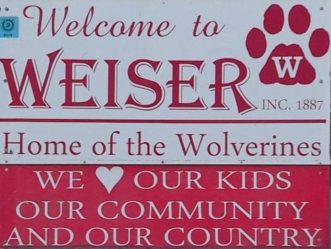





Too many Names on the A-Z Lists?
Now easily Search by Name!
Searching Tip – Use the least amount of words necessary, and choose the correct name from the results.
(e.g. “Jones,” not “T Jones,” “T. Jones,” “TS Jones,” “T.S. Jones,” “Ted Jones,” etc. – just “Jones.”)
Menu

 The present church was extensively remodeled under the direction of Fr. Joseph Muha, who added the “cry room” potential to the vestibule and made the reconciliation chapel (confessional) and “remodeled” the sanctuary area. It was re-consecrated in 1984 by the Most Rev. Sylvester Treinen. The small crosses on the each of the north, south, east and west sides of the church denote this reconsecration.
The present church was extensively remodeled under the direction of Fr. Joseph Muha, who added the “cry room” potential to the vestibule and made the reconciliation chapel (confessional) and “remodeled” the sanctuary area. It was re-consecrated in 1984 by the Most Rev. Sylvester Treinen. The small crosses on the each of the north, south, east and west sides of the church denote this reconsecration.
 f the pastor-builder of the church.
f the pastor-builder of the church. symbolizing the Pope’s Leadership of the Catholic Church. The double-beamed cross is a symbol of the Pope’s Residence in Rome and the keys are symbolize the entrusting of St. Peter with the keys of the kingdom.
symbolizing the Pope’s Leadership of the Catholic Church. The double-beamed cross is a symbol of the Pope’s Residence in Rome and the keys are symbolize the entrusting of St. Peter with the keys of the kingdom. e altar/shelves. The baptismal font was installed in 1999.
e altar/shelves. The baptismal font was installed in 1999. 

